Bio Garden News
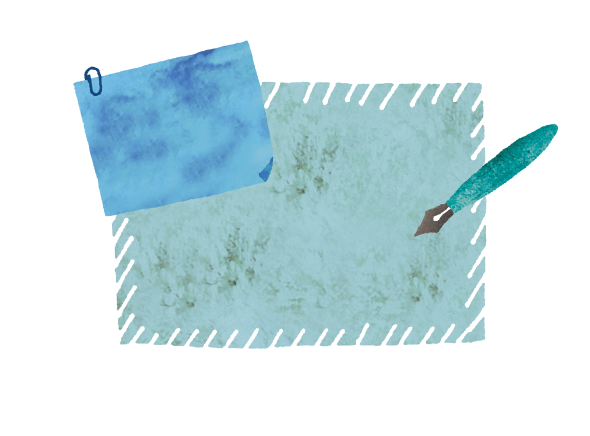
News from the Millennium Forest on November 14th
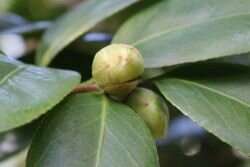
As we enter November, the temperature has dropped significantly, making it feel even more autumnal.
Many of the plants in the Millennium Forest are beginning to bear fruit, allowing you to truly experience the "fruitful autumn."
While strolling near the pond, I discovered camellia fruits!
Camellia fruits are small and round in appearance.
Camellia oil, extracted from the fruit of this plant, has been loved by many people since ancient times.
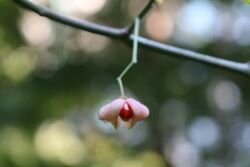
This is Mayumi, bearing pale pink fruit.
As introduced in the Millennium Forest News on May 10th, Mayumi produces very small, delicate flowers that bloom from May to June.
The fruit then bears from summer to autumn, and when it ripens, the pale pink skin splits open to reveal bright red seeds, as shown in the photo.
Mayumi shows us many different sides of herself throughout the year, so her impression changes greatly depending on the time.
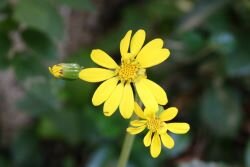
There are some very eye-catching yellow flowers at the base of the zelkova tree!
This is a Japanese silverleaf. It's rare to see flowers that bloom from autumn to winter in the Millennium Forest, so they're a real eye-catcher in the garden.
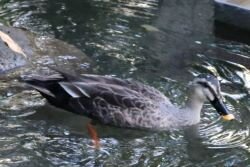
On a pleasant afternoon with sunlight streaming in, mallards are floating on the pond.
Try swimming slowly or putting your face above the water.
Time seemed to flow very slowly around the mallards.
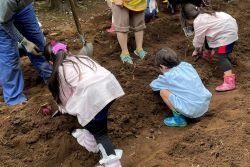
On Monday, October 28th, we once again invited children from nearby kindergartens and nursery schools to the Millennium Forest fields to enjoy digging sweet potatoes.
First, the staff gave a brief talk about the importance of living things and nature.
Partway through the story, I asked the children, "What kind of potatoes are you all digging up?" and they answered cheerfully, "Sweet potatoes!"
The sweet potatoes harvested this time were three varieties: Beni-Azuma, Beni-Haruka, and Purple Sweet Road.
Some of the produce will be used for the sweet potato roasting party at the nursery.
This year we harvested a lot of sweet potatoes.

